Don't wanna be here? Send us removal request.
Text
Iran - More To Explore Part /3
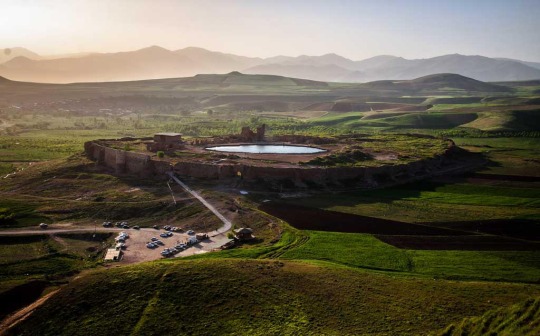
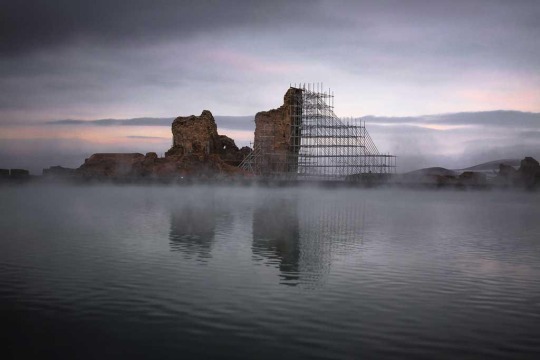
More to explore Iran part 3 is the last part of this series and it come in the following of more to explore part 1 & 2 we listed 7 more locations of Iran’s tourists attraction.
Read More : Iran - More To Explore Part /3
#iran#isfahan#iranian_photography#irantravel#iran_tourism#irantraveling#iran_nature#tehran#iranian#iranianart#iranian_handicrafts#persian_handicrafts
0 notes
Text
Iran - More To Explore Part /2
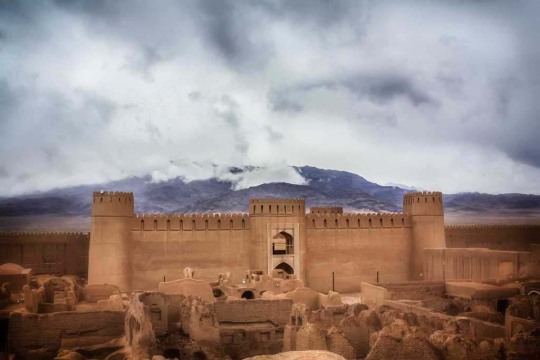
More to explore Iran part 2 is in the following of more to explore part 1 we listed 8 more locations of Iran’s tourists attraction. This article is part 2 and there is just one more part which come soon.
Read More : Iran - More To Explore Part /2
#iran#isfahan#iranian_photography#irantravel#iran_tourism#irantraveling#iran_nature#tehran#iranian#iranianart#iranian_handicrafts#persian_handicrafts
0 notes
Text
Iran – More To Explore /1
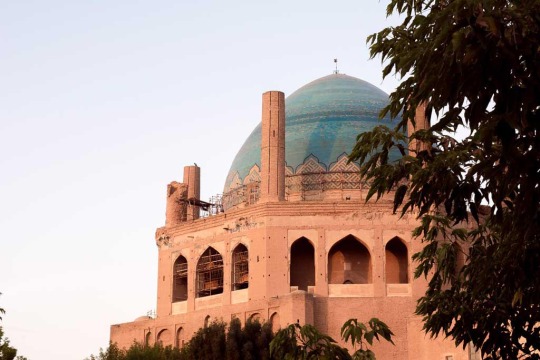
In more to explore part 1 we listed 8 locations of Iran’s tourists attraction, from north to south. This article is part 1 and the rest of 2 more parts come in a few days.
Read More : Iran – More To Explore /1
#iran#isfahan#iranian_photography#irantravel#iran_tourism#irantraveling#iran_nature#tehran#iranian#iranianart#iranian_handicrafts#persian_handicrafts
0 notes
Text
Persian Language
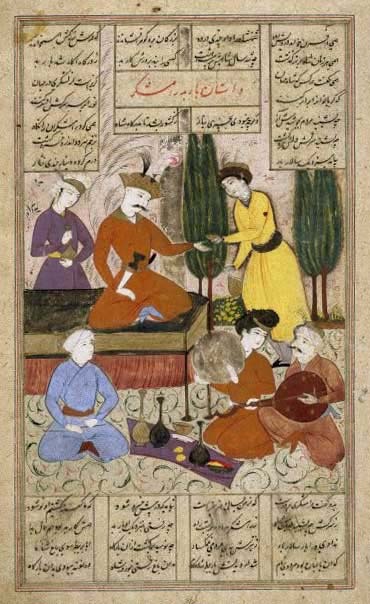
the official language of Iran, Persian (also called Farsi) is a member if the Indo-Iranian group of languages constituting the easternmost major branch of the Indo-European language family. Historically, Persian is divided into Old Persian, Middle Persian (Pahlavi), and Modern Persian. Old Persian was spoken until approximately the 3rd century BC. Middle Persian was spoken from the 3rd BC to about the 9th century AD. A notable feature of Modern Persian is that it has changed very little over the thousand years or more of its existence as a literary language. Thus, the poems of Rudaki, the first notable Persian poet, who died in the year 940 AD, are perfectly intelligible to the modern reader. Modern Persian grammar is much simpler that its ancestral forms. Modern Persian has no system of case inflections.
Read More : Persian Language
#iran#isfahan#iranian_photography#irantravel#iran_tourism#irantraveling#iran_nature#tehran#iranian#iranianart#iranian_handicrafts#persian_handicrafts
0 notes
Text
Iran- the country worth discovering
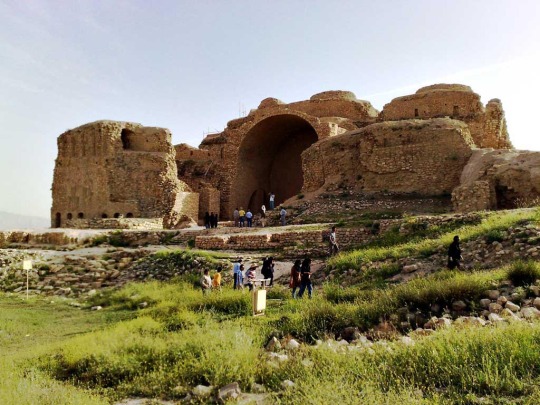
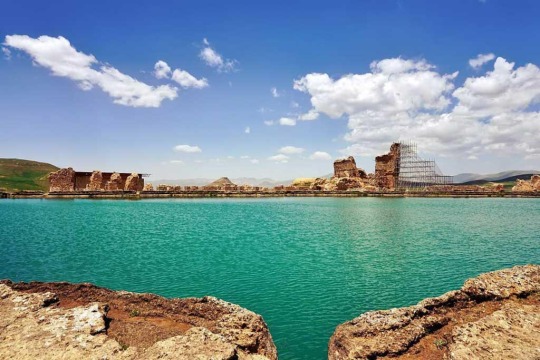
Iran is widely renowned for the rich diversity of its landscapes, climates, monuments, customs, and people’s lifestyles. If it had no other claim to respect, at least a continuous history of at least 7,000 years is a distinction that few countries can exhibit. Which these make Iran a country worth discovering.
Iran is an incredible place to visit. The lure of steep mountains, beautiful coastlines, and endless, rolling deserts is strong. About a million historical sites exist in Iran, according to the statistics of the Iranian Cultural Heritage and Tourism Organization (ICHTO). It is obvious that even the most interesting of them can be visited only after numerous trips to this country. These trips are all the more pleasant because visitors to Iran never leave it without cherishing memories of its wonderfully Hospitable People.
Read More : Iran - the country worth discovering
#iran#isfahan#iranian_photography#irantravel#iran_tourism#irantraveling#iran_nature#tehran#iranian#iranianart#iranian_handicrafts#persian_handicrafts
0 notes
Text
Isfahan Iran
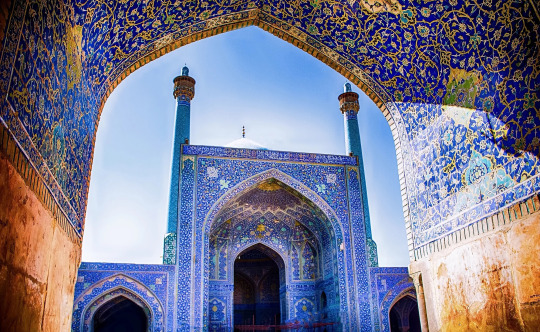
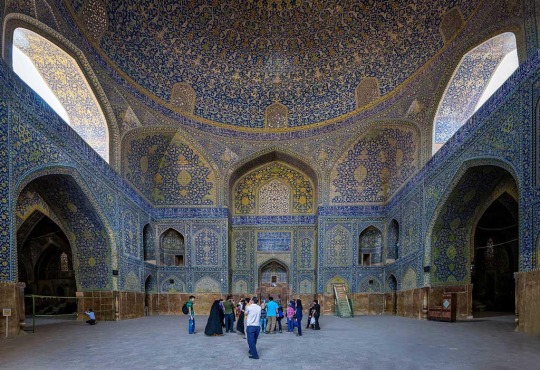
A city of immense beauty and unforgettable experiences, Isfahan has been dazzling travelers for ages. Perhaps one of the reasons for this is that most westerners appreciate the truly Persian character that the city has retained.
Read More : Isfahan Iran
#iran#isfahan#iranian_photography#irantravel#iran_tourism#irantraveling#iran_nature#tehran#iranian#iranianart#iranian_handicrafts#persian_handicrafts
0 notes
Text
Introducing Iran
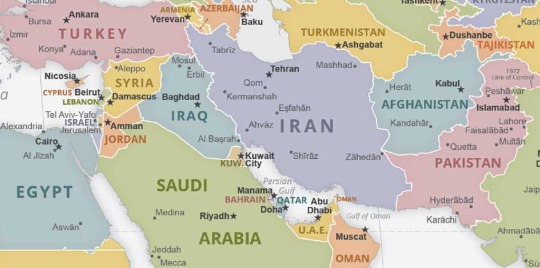
Country name
Conventional long form: Islamic Republic Of Iran
Local long form: Jomhuri-ye Eslami-ye Iran
Conventional short name: Iran
The name of Iran comes from the Old Persian word meaning “The land of the Aryans”. Iran has been the name of this country at least since the Sasanid period. However, until 1935, the English-speaking world know this country as Persia, a legacy of the Greeks who named the region after its most important province, Pars (present-day Fars).
Read More : Introducing Iran
#iran#isfahan#iranian_photography#irantravel#iran_tourism#irantraveling#iran_nature#tehran#iranian#iranianart#iranian_handicrafts#persian_handicrafts
0 notes
Text
Calligraphy
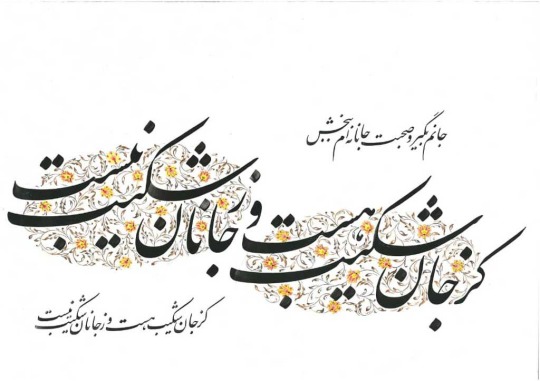
While in the West calligraphy is considered mainly penmanship, in the East it is one of the most important fine Arts. Calligraphers were an essential requirement for any self-respecting court, and very often princes and nobles practiced calligraphy themselves. Moreover, prohibition against figurative art in mosques, and an emphasis put on literacy and knowledge Islamic leaders imparted further importance to the written word in the Islamic world.
Read More : Persian Calligraphy
#iran#isfahan#iranian_photography#irantravel#iran_tourism#irantraveling#iran_nature#tehran#iranian#iranianart#iranian_handicrafts#persian_handicrafts
0 notes
Text
Chahar Bagh Avenue Isfahan Iran
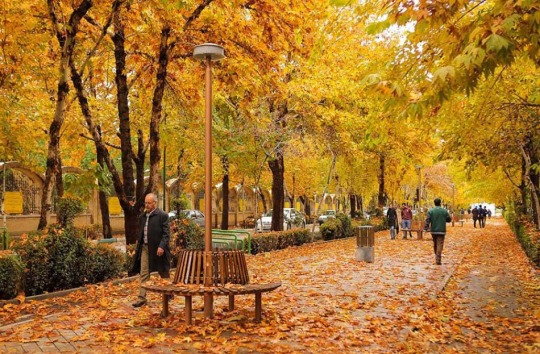
The world’s first boulevard, Chahar Bagh Avenue was one of the earliest creations of Shah Abbas I in Esfahan. It was started as soon as Esfahan was chosen the capital city and was finally completed in 1598.
Read More : Chahar Bagh Avenue Isfahan Iran
#iran#isfahan#iranian_photography#irantravel#iran_tourism#irantraveling#iran_nature#tehran#iranian#iranianart#iranian_handicrafts#persian_handicrafts
0 notes
Text
Persian Pottery
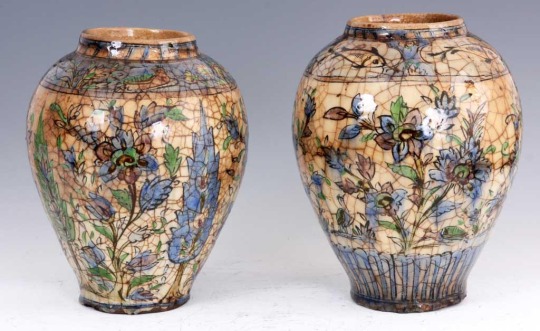
Safavid ceramics can hardly stand comparison with the splendid wares of earlier periods, yet under the Safavids, there was a notable renaissance in pottery. The artists of the Safavid age brought about the beautiful tilework that can be observed in the mosques of this period. Shah Abbas the Great is said to have summoned to his capital 300 Chinese potters, and the most characteristic ceramics of his reign show the strong influence, and often the direct imitation, of Far Eastern samples.
Read More : Persian Pottery
#iran#isfahan#iranian_photography#irantravel#iran_tourism#irantraveling#iran_nature#tehran#iranian#iranianart#iranian_handicrafts#persian_handicrafts
0 notes
Text
Persian Miniature
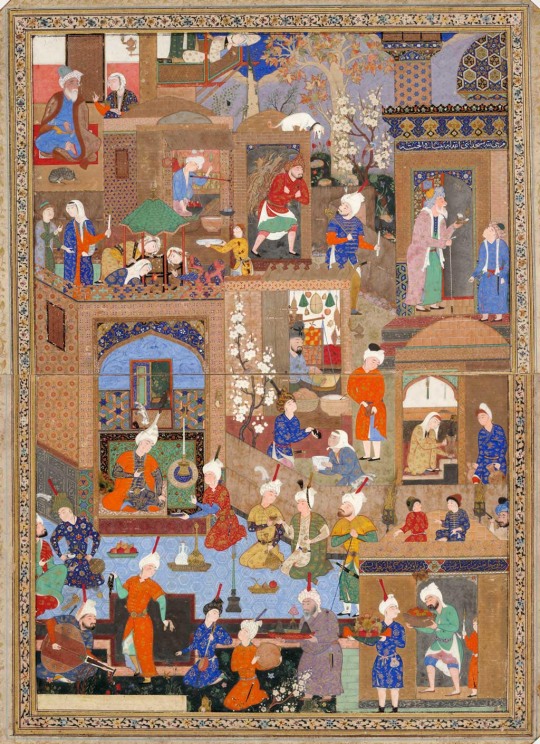
Miniature in Iran went through a long and complicated course of development, reaching its culmination mainly during the Mongol and Timurid periods. From a historical viewpoint, the most important development in Iranian miniature has been the adoption of Chinese design and coloring, subsequently blended with the idiosyncratic cultural concepts of Iranian artists. The most important function of miniatures was the illustration of manuscripts. Miniatures pictured the literary plot, making it more enjoyable and easier to understand. Iran’s great wealth of inspiring literature caused the emergence of many schools of miniature painting, each school having its own unique style.
Read More : Persian Miniature
#iran#isfahan#iranian_photography#irantravel#iran_tourism#irantraveling#iran_nature#tehran#iranian#iranianart#iranian_handicrafts#persian_handicrafts
0 notes
Text
Shah Abbas I and the the Golden Age of Isfahan’s History

The history of Isfahan cannot be separated from the name of Shah Abbas the Great, the ruler who chose it as a capital in 1598 and spent forty-two years of his life toward its beautification and eminence. Brought up in Herat, the great cultural and intellectual center of Iran in the 16th century, since childhood Shah Abbas had been influenced by its magnificent architecture, painting, and calligraphy. The young prince showed astounding precocity as a connoisseur of the arts. When he was seven years old, an emissary from the royal court in Herat accompanied by his favorite painter, Habibollah of Saveh, Abbas appreciated the artist’s work and unceremoniously appropriated him from his master.
Read More : Shah Abbas I and the the Golden Age of Isfahan’s History
#iran#isfahan#iranian_photography#irantravel#iran_tourism#irantraveling#iran_nature#tehran#iranian#iranianart#iranian_handicrafts#persian_handicrafts
0 notes
Text
Isfahan Period in Art
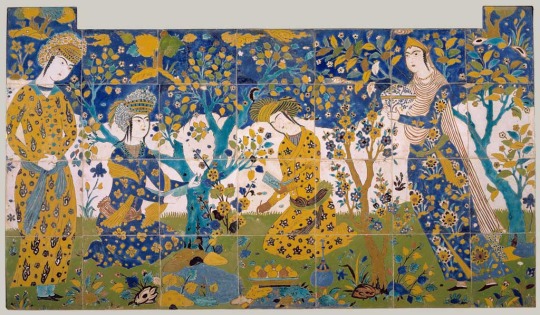
The “Isfahan Period” covers a span of about 125 years from 1598, when Shah Abbas the Great transferred the Iranian capital to Isfahan, to the city’s conquest in 1722 by the Afghans. without doubt, it is the highest point of Isfahan’s long, rich history of art. Architecture and art developed in Isfahan on three main levels: the refined, the monumental, and the utilitarian.
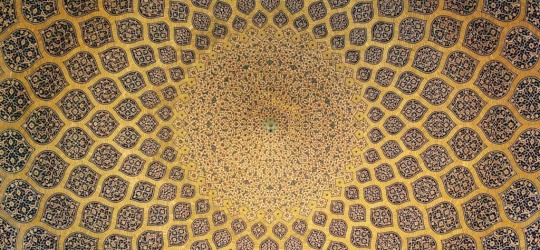
The fine arts, particularly painting and the whole arts of the book, were commissioned primarily for private use and were produced mainly for privileged connoisseurs. Great monumental structures – like most of the famed architecture of Isfahan – were design to convey the glories of the state, the power of the monarch, and the strength of the faith. Bazaars and caravansarais, along with pottery, carpets, and textiles, were created with the purpose of economic advantage.
Read More : Isfahan Period in Art
#iran#isfahan#iranian_photography#irantravel#iran_tourism#irantraveling#iran_nature#tehran#iranian#iranianart#iranian_handicrafts#persian_handicrafts
0 notes
Text
Iranian New Year (Nowruz)

The greatest Iranian holiday, Nowruz (literally “new day”), is celebrated on March 20 or 21 and commemorates the entrance of the sun into the sign of Aries at the vernal equinox. The Iranians believe that Nowruz was instituted by King Jamshid; it is known for certain to have seen celebrated for at least 2500 years. It is the only festival of ancient Persia that has not been displaced by Islamic holidays. The Iranians never fail to celebrate it, except when the movable lunar calendar of Islam causes some mourning ceremony to occur the same time.
Read More : Iranian New Year (Nowruz)
#iran#isfahan#iranian_photography#irantravel#iran_tourism#irantraveling#iran_nature#tehran#iranian#iranianart#iranian_handicrafts#persian_handicrafts
0 notes
Text
Isfahan Naghsh-e Jahan Square

Naqsh-e Jahan (“Pattern of the World”) Square is the most spectacular, most magnificent sight of Isfahan. No matter how many descriptions of it one may have previously heard or read, the first sight of it is sure to provoke a gasp of astonishment. Today this magnificent plaza has been renamed, and is now called Imam Square. A huge arena of more than 80,000 sq. m – 510 m long and 163 m wide – it is the second largest historical square in the world, second only to Beijing’s Tiananmen Square. Housing some of the most majestic structures of the Islamic world, Naqshe Jahan is designated by UNESCO as a universal heritage site.

(For a short while, the square was removed from the UNESCO list because the World Heritage Committee maintained that the neighboring Jahan Nama Tower intruded the aerial buffer zone of the square. The 500 thousand dollar project provided by the Iranian president and actions of the Modification Committee helped to resolve the problem.)
The square dates from 1602. Prior to the Safavid period, the ground on which it was laid out was Occupied by the spacious Naqsh-e Jahan garden. At that time, Meydan-e Kohneh (“Old Square”), opposite the Congregational Mosque (pp112-120), formed the city’s centre.
Read More : Isfahan Naghsh-e Jahan Square
#iran#isfahan#iranian_photography#irantravel#iran_tourism#irantraveling#iran_nature#tehran#iranian#iranianart#iranian_handicrafts#persian_handicrafts
0 notes
Text
Persian Gardens & Music

Most historical gardens in Iran have a mythological background. In fact, the English word “paradise” derives from Old Persian Pardis (“a royal garden”).

The traditional Iranian garden is usually divided into four quarters by the intersection of two principal avenues. Noteworthy examples of this type are Hasht Behesht, Chehel Sotun in Esfahan, planted during the Safavid period, and Fin Garden in Kashan.
Read More : Persian Gardens & Music
#iran#isfahan#iranian_photography#irantravel#iran_tourism#irantraveling#iran_nature#tehran#iranian#iranianart#iranian_handicrafts#persian_handicrafts
0 notes
Text
Ali Qapu /2

The royal staircase, added during the rule of Shah Abbas II, is 1.4 m wide and has 118 steps; this staircase was used during the monarch’s public receptions. The first two floors of the present structure totally lack the ornamentation because little has survived the vandalism of visitors to the palace immediately after the Islamic Revolution.

Only a pattern of the fine curtains – the conspicuous feature of all Safavid palaces – is discernible on the dados. However, visitors might try to imagine how beautiful the palace was when the niches of its walls were filled with china and porcelain wares (indispensable features of the interior decor during the Safavid period). when each room had a fireplace, and when the windows were curtained with heavy cloths to prevent cold air from penetrating the palace.
Read More : Ali Qapu / Iranian Palace
#iran#isfahan#iranian_photography#irantravel#iran_tourism#irantraveling#iran_nature#tehran#iranian#iranianart#iranian_handicrafts#persian_handicrafts
0 notes